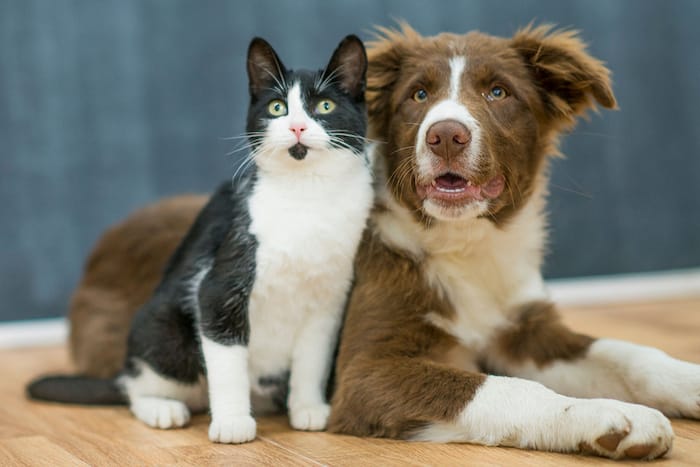When you’re considering adding a furry friend to your family, the cost of adoption is likely one of the first things that come to mind. How much will this new addition to our home cost? What do these fees cover?
The adoption fee is the charge levied by an animal shelter or rescue group to adopt a pet. This fee helps to cover the costs of housing, feeding, and caring for the animal while they are in the shelter’s care. Adoption fees also help support the organization’s ongoing rescuing and finding homes for homeless animals.
In most cases, the adoption fee will be a set price determined by the shelter home. However, some shelters may have a sliding scale based on the animal’s age or size. For example, kittens and puppies might have a lower adoption fee than an adult cat or dog.

General things that adoption fees cover
Veterinary care:
This includes routine check-ups, vaccinations like rabies shots, spaying/neutering, and necessary medical treatment. This ensures that all animals adopted from the shelter are spayed or neutered to help control the pet population.
Food supplies and housing:
Adoption fees help cover the cost of food and other supplies needed to care for the animals. Adoption fees help to cover the cost of maintaining these facilities.
Staff and volunteers:
Most shelters and rescue organizations are run entirely by volunteers. Adoption fees help cover the cost of hiring staff or paying volunteers for their time and expertise.
Some shelters also microchip their animals before adoption, and this fee may be included as well.
A small breakdown of the fees may include.
- The license of $23
- Veterinary visit and exam $50-100
- FIV test (for cats) $40-50
- Spraying and neutering, if necessary, $160-320
- Flea and tick treatment $45-250
- Deworming for roundworms and tapeworms $15 -50
- Vaccines for rabies $15-25
- Heartworm test (for dogs) $20-35
- Installing a Microchip for $50
- Collar and an identification tag $5-10

Do all pets have the same adoption price?
You will find in some cases, pets have lower fees because they are considered less desirable breeds. One reason may be that the pet is older and, therefore, less adaptable. Other reasons may include health concerns or behavior issues. This is often done to increase the chances that those pets will be adopted. Another reason is social class in society. For example, senior citizens may be offered a discount on adopting a senior dog, as the two may be a better match. Similarly, families with young children may be given a reduced fee for adopting a dog who is good with kids. Whatever the reason, lower fees for certain dogs can be an excellent opportunity for potential owners who are looking to save money on their new pet.
Shelters’ homes charging higher Than Others?
There are various reasons why some shelters charge higher fees than others. In some cases, it may be due to the actual costs of running the shelter. For example, a shelter located in an urban area with high rent and utility costs may charge higher fees than a shelter located in a rural area. Other factors that can affect fee levels include:
- The size of the shelter.
- The number of animals they care for.
- The types of services they offer.
- additional services beyond simply housing animals. These may include behavior training and adoption counseling.
Finally, some shelters charge higher fees because they are more popular than others. This may be due to various factors, including their location, their reputation, or the types of animals they care for. Popular shelters may have long waiting lists and may only be able to adopt a limited number of animals each year. As a result, they may charge higher fees to help offset the cost of operating their shelter.

Bottom line
Keep in mind that there are other costs associated with pet ownership, even after you’ve adopted your new friend. When you adopt a pet, you’re giving that animal a second chance at life, but you’re also helping to support the vital work of shelters and rescue organizations. Adoption fees help to cover the costs associated with caring for the animals in their care to continue their lifesaving work.
References list
